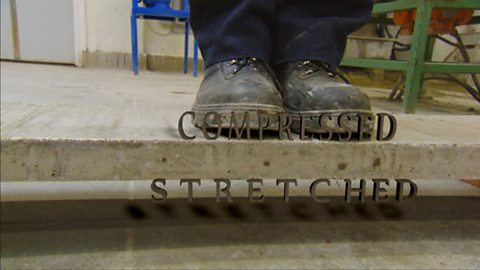Mark Miodownik describes how optical fibres work.
He sees how they were developed in medicine and dentistry in order to transmit an image from within the body to the surgeons operating from the outside.
Mark explains, using an animation, how optical fibres are able to transmit light over great distances, and demonstrates how total internal reflection can bend light around a corner.
Teacher Notes
Students can use this clip as an introduction to total internal reflection.
Students can model how total internal reflection works and can continue by looking other uses of optical fibres, such as in endoscopes.
Curriculum Notes
This clip will be relevant for teaching Chemistry and Physics at KS3 and GCSE Level. This topic appears in OCR, Edexcel, AQA, WJEC in England and Wales, CCEA GCSE in Northern Ireland and SQA National 4 and 5 in Scotland, and Cambridge IGCSE Physics.
More from Materials: How They Work:
Bronze - The first alloy. video
Find out about the invention and impact of bronze, an alloy of copper and tin which was the first man-made alloy.

What is Graphene? video
Mark Miodownik describes the discovery of graphene. Itβs the toughest material we know, 200 times stronger than steel, and able to carry electricity at 1 million metres per second.
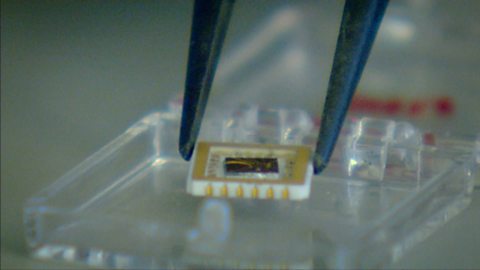
How was metal discovered? video
Scientist Mark Miodownik visits the earliest known copper mines in Israel's Timna Valley to explain the discovery of the first metal, copper.
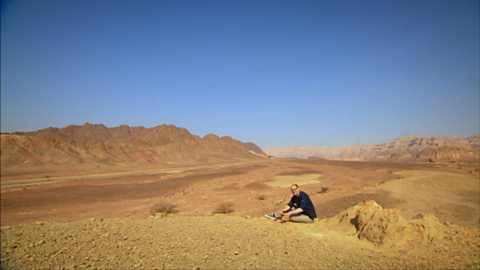
How reinforced concrete works. video
To demonstrate the power of reinforced, a beam is tested with a 2.5 tonne load to see if it will crack. What is the chemistry behind its strength?

How the Romans invented concrete. video
Mark Miodownik explores how the Romans produced the first concrete and how concrete, glass and other ceramics are used in the modern world.

What is a superalloy? video
Mark Miodownik explores the world of superalloys, and puts the properties of one to the test showing how this metal is used inside a jet engine.
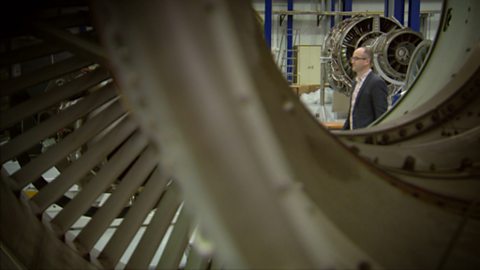
Superconductors and the 'Meissner effect' video
How can a piece of ceramic conduct electricity? Scientist Mark Miodownik explores the incredible potential of superconductivity.
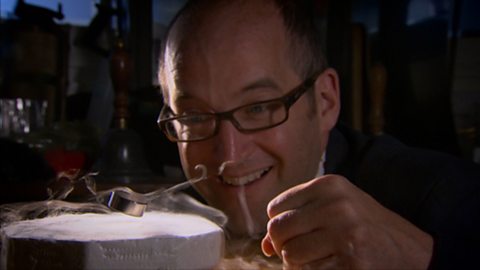
The atomic structure of metal. video
Scientist Mark Miodownik explains how the atomic structure of metals gives them unique and highly useful properties.

What is superconductivity? video
Mark Miodownik puts the properties of a superalloy to the test with a practical demonstration of the strength of a superalloy under high temperatures and how this metal is used inside a jet engine.
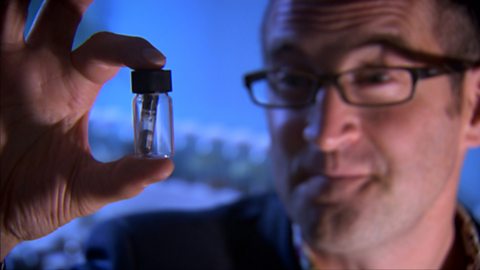
The Invention of Carbon Fibre. video
Mark Miodownik describes the invention of carbon fibre composite by engineers at a Royal Aircraft Establishment in 1963.

The plastic revolution. video
Where do all the plastic goods that surround us come from? Mark Miodownik explores the history and molecular structure of these ubiquitous materials, and how they're formed.
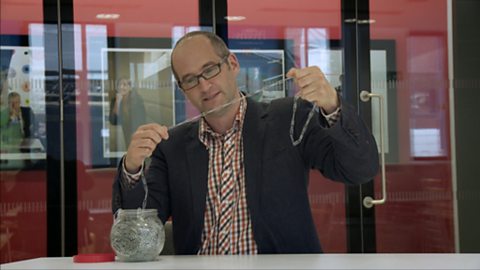
Goodyear's groundbreaking invention of vulcanised rubber. video
Mark Miodownik describes Charles Goodyearβs experiments to vulcanise natural rubber into synthetic rubber.
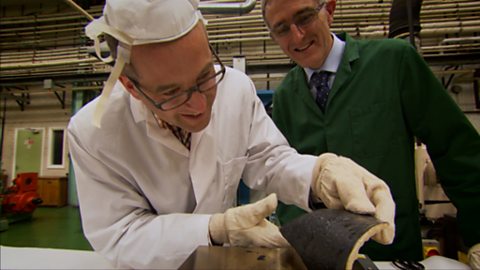
The structure, properties and uses of Bakelite. video
Mark Miodownik describes the work of the chemist Leo Baekeland, who invented the plastic Bakelite.

What is reinforced concrete? video
Find out how concrete is reinforced through the use of steel. Scientists demonstrate how this works and how this method was invented in 1853.
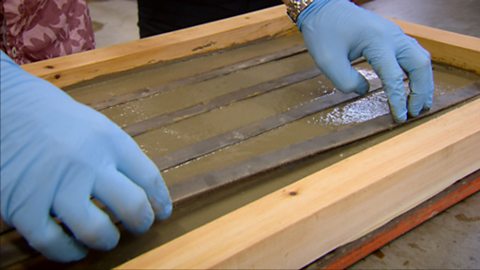
Why is concrete so brittle? video
Find out about the chemistry behind concrete. Scientists use experiments and animations to demonstrate how concrete breaks under stress.
